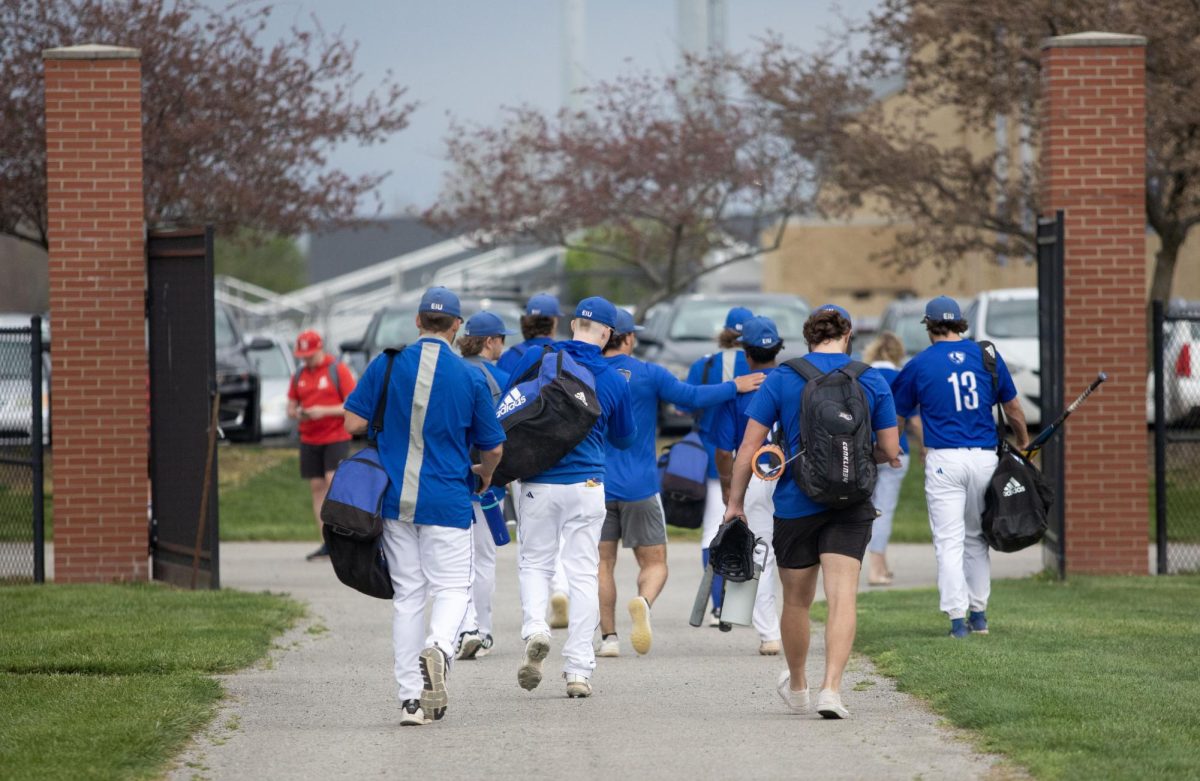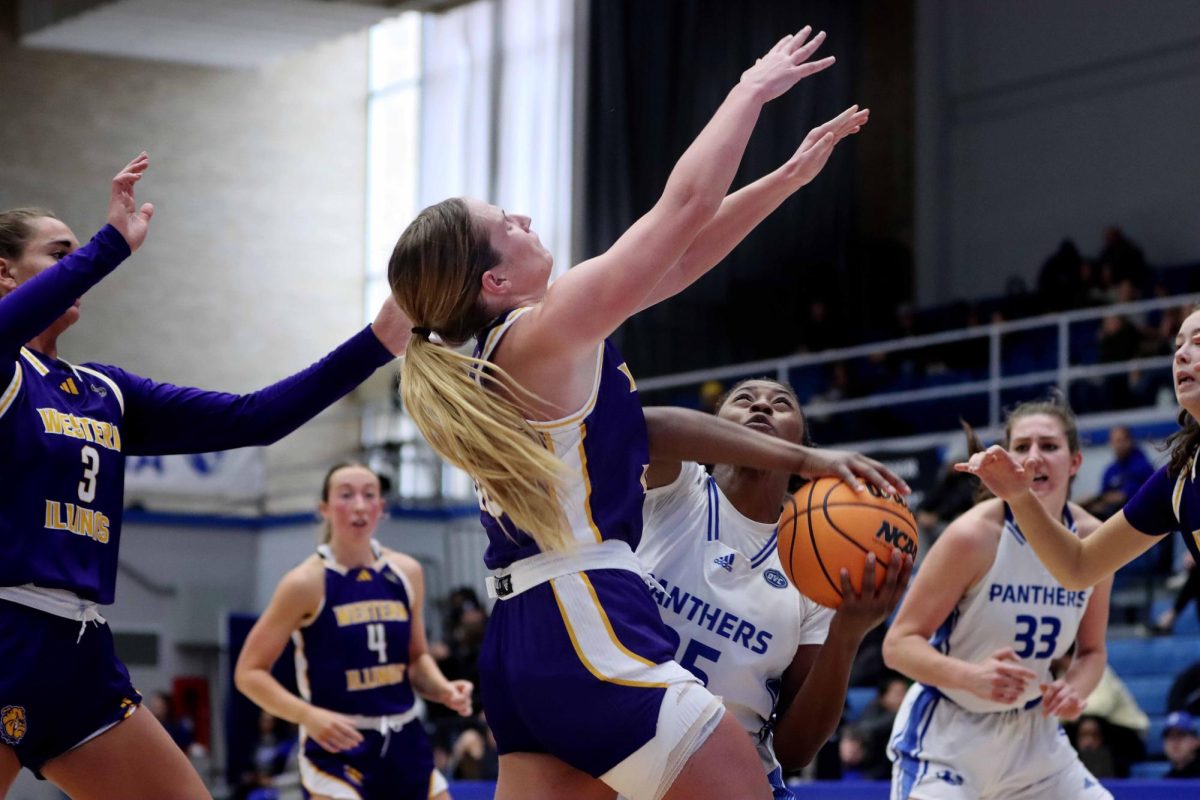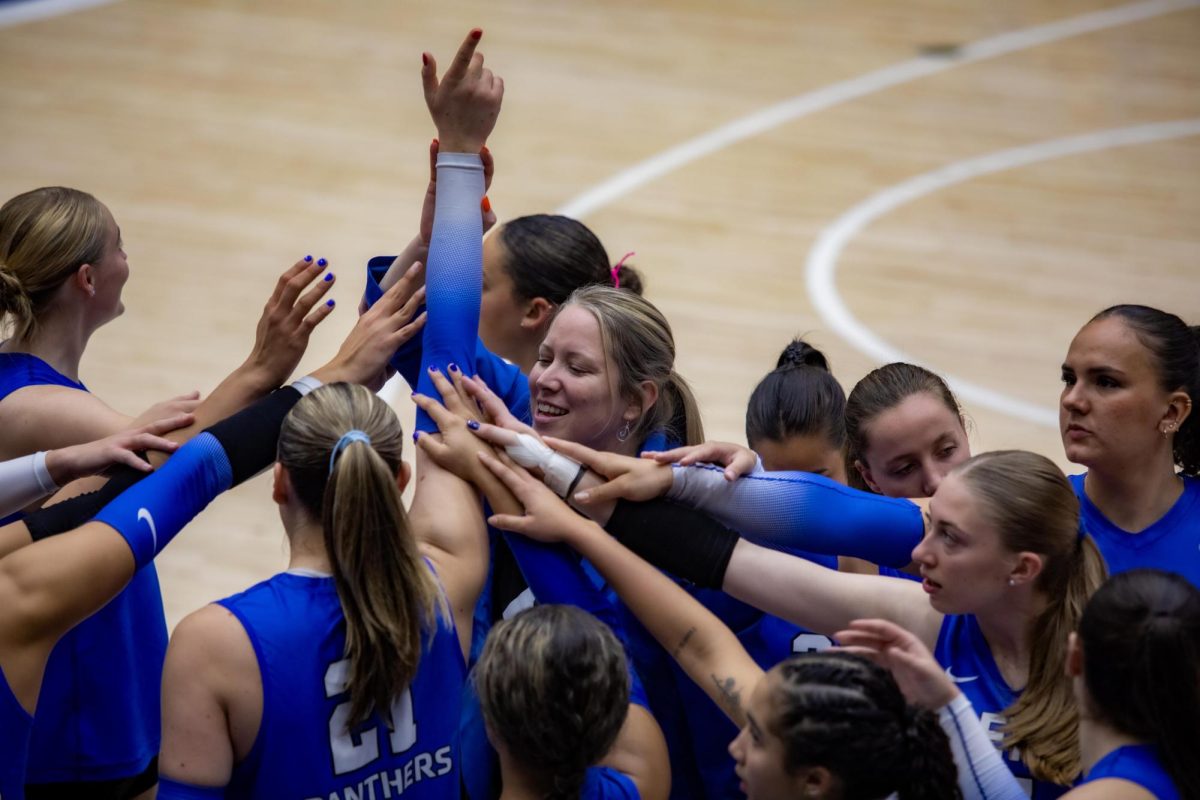War behind the war
The medical transportation system that has been saving several lives in the War in Iraq was revealed Tuesday by a couple of wartime experts.
Lt. Col. Susan L. Sackett of US Transportation Command and Bennie Thompson, assistant chief of linguistics at Germany’s Landstuhl Air Force Base spoke before some of Eastern and Charleston’s most notable names, including Charleston Mayor John Inyart, Jim Pierce of Sarah Bush Lincoln Health System, and Eastern’s Blair Lord, about some of the pluses and minuses of transporting injured troops to medical facilities.
As director of Joint Patient Movement Requirement Center (JPMRC), Sackett has said the center basically serves as an interface between a medical treatment facility that has the casualty and the United States Air Force that’s going to get him out and launched into a regional medical center.
“My team left Iraq in April of last year, and then we headed back in October,” Sackett said. “We moved approximately 5,000 soldiers, of which 20 percent or so were battle casualties.”
She has said that there are several levels of care in the transport system: from level one care, which consists of first aid or buddy aid on the battlefield; to a battalion aid station and then to a tactical air lift to get the patient to a combat support hospital at level two; to a strategic air lift from the combat support hospital at level three; to an air force base like Landstuhl at level four; to finally either back to combat or to a fixed medical facility.
Patients are separated into three categories: urgent, priority and routine. Urgent patients need to be transported to a facility within 12 hours, priority within 24 and although military standards require a week for routine (80 percent of the patients), Sackett’s boss has set a three-day mark for routine patients.
“We are proud military medical service,” she said. “We have the highest survivability rate than we’ve ever been able to have. If the patient gets to the medical facility they have a higher than 90 percent survival rate, which is probably better than a lot of civilian ERs have.”
Sackett contributed this high success rate to the United States Transportation Command Control and Evacuation System, which is the Web-based computer application used to track patients throughout the world. Since the system was put into place in July 2001, she said they have been able to move about 30,000 patients.
“We haven’t lost a patient yet in this conflict, which wasn’t the case during Desert Storm because during Desert Storm every service had its own means of tracking patients,” Sackett said. “The Army did their paper system and then they delivered their patients to the airfield and the Air Force may not know they’re coming.”
Yet, even political entanglements get into the work of this international medical field. Sackett has said that when patients are being moved into another country, they have to take into account the legal structure of those countries. So if they say a patient can’t enter that country, they have to abide by that.
“When I was leaving, I know the Kuwaiti government was becoming much more restrictive on who they would let in,” she said.
She also noted that a few political things come into play because of the large number of civilian contractors that are not American citizens in Iraq.
“You have people from Sri Lanka and Indonesia, India, and all of those few political things come into play, even when it has to do with medical care.”
Although he has worked the past 17 years at Landstuhl, Thompson did not have much to say at the panel discussion, but did mention that Landstuhl Air Force Base is doing well and that very rarely do they lose anybody once they make it to the facility.
“The hospital is having its success based on knowledge that it has gained from I think from the Vietnam War, much more success at saving lives,” he said. “90 to 95 percent of the patients that come to the hospital are successful at being cured.”
The mayor, after the presentation, said, “The war has affected everyone’s life in our community as it has communities all across the country. Our hearts and prayers are with everyone and we appreciate everything that’s being done.”
War behind the war

Bennie Thompson, Asst. Chief of Linguistics at Germany’s Landstuhl Air Force Base, speaks to a room full of people in the Arcola/Tuscola room in the MLK union Monday on transporting wounded soldiers from the war in Iraq.





































































